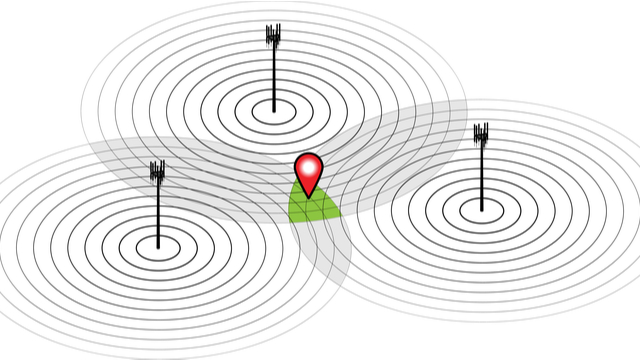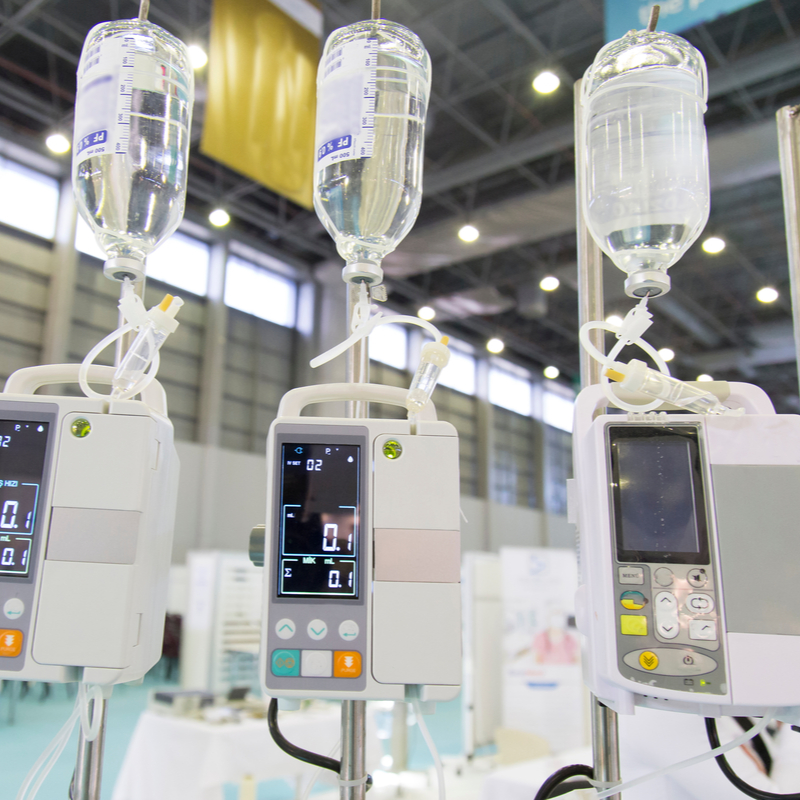Medical equipment asset tracking | AiRISTA
Keeping track of the wide variety of healthcare facility assets can be extremely challenging, though utterly necessary. How can you be sure where everything is? What assets are in good condition and which need maintenance? Without knowing these things right away, your operation loses valuable time searching for equipment, often in situations requiring immediate attention.
Normally, your clinical operations team uses manual techniques based on tribal knowledge for hospital asset tracking and inventory management. But there’s a newer, more efficient way of going about this: Automated medical equipment asset tracking.
Here, we’ll learn what it is and why it’s advantageous to implement this technology into your facility.
What is medical equipment asset tracking?
Medical equipment asset tracking utilizes real-time locating systems (RTLS) tags and management software to ensure vital hospital equipment in a healthcare facility is easily located and ready to be used. This is a form of inventory management.
For example, say you have 200 IV pumps. A certain percentage of these need to be available— say, 10% — to ensure there are always enough working units available to be used. A manual process of scheduling and implementing preventive maintenance requires a lot of planning and consideration to ensure that a maximum of 20 IV pumps are being serviced at any given time. With medical equipment asset tracking, PAR levels (periodic automatic replacement) is automatic, with the necessary information available at a glance to all staff in a healthcare facility using the software interface.
are always enough working units available to be used. A manual process of scheduling and implementing preventive maintenance requires a lot of planning and consideration to ensure that a maximum of 20 IV pumps are being serviced at any given time. With medical equipment asset tracking, PAR levels (periodic automatic replacement) is automatic, with the necessary information available at a glance to all staff in a healthcare facility using the software interface.
There are many terms that are synonymous with medical equipment asset tracking: healthcare asset management, hospital asset tracking, asset tracking system and GPS tracking for outdoor assets are all terms often used to describe the same technology.
What is an asset tracking device?
An asset tracking device — also called a tag — is attached to the equipment. Location and condition information is maintained in a centralized database, which itemizes each healthcare asset for easy identification and management. When used in conjunction with a hospital-wide network connection and medical equipment asset tracking software, this database becomes a powerful tool to manage and locate healthcare assets.
Different technologies can be used to keep track of these tags. Wi-Fi and Bluetooth Low Energy (BLE) enable tags to communicate wirelessly with the hospital network and each other. This combination results in a high level of accuracy, able to ascertain an item’s specific location at any given time.
Which assets can be tracked?
Practically all hospital assets can be tracked, but the most common use of asset tracking is to stay aware of critical devices that are also mobile assets and have the highest potential to be lost, misplaced or in need of frequent maintenance. If it can become missing equipment, it’s a good candidate for healthcare asset tracking.
Some common examples might include:
- Machinery.
- Equipment.
- IT hardware.
- Medical Supplies.
- Employees.
Why is medical asset tracking important?
Medical asset tracking is important for several key reasons.
First, organizations want to get the most out of the devices at their disposal. By properly inventorying all available equipment, it’s easier to ensure everything is being used regularly and proportionately, rather than some items being overlooked while others are pushed to their limit. This increases the longevity of the devices and allows for strategic distribution to fulfill requirements in all areas around the facility and avoid hoarding.
 Second, scheduled maintenance and sanitization is streamlined and made far more efficient and intuitive. Many of the machines and medical assets used throughout a hospital are mobile, making them subject to accidental damage and general wear and tear. With medical asset tracking, you can ensure proper preventive maintenance schedules.
Second, scheduled maintenance and sanitization is streamlined and made far more efficient and intuitive. Many of the machines and medical assets used throughout a hospital are mobile, making them subject to accidental damage and general wear and tear. With medical asset tracking, you can ensure proper preventive maintenance schedules.
Preventive maintenance can prolong the lifespan of mobile devices, reducing costs and ensuring staff is fully equipped. If a device is damaged or rendered inoperable for any reason, the software can keep track of this, enabling you to easily keep stock of all working equipment. While it’s being repaired, all other equipment will need to be redistributed to offset the shortfall.
How does medical asset tracking help with preventive maintenance? With an accurate automated tracking system, tracking repairs can be done effectively and efficiently, no longer putting demand on clinical engineering to actively seek out and retrieve items listed for scheduled maintenance. By fitting each device with an RTLS tag, you can identify exactly where they are in the hospital at any given time. Staff is then able to quickly locate and utilize critical equipment when needed.
What makes handling medical assets challenging?
With traditional methods, especially in a large healthcare facility with a wide range of assets, handling these medical assets can be tricky. Some of the challenges you’re bound to run into include:
- Shortages: Ensuring there’s enough equipment to go around when it’s most needed.
- Slowdowns: Searching for assets takes time and effort, causing delays during potentially time-sensitive tasks.
- Sabotage: If the staff doesn’t trust that there is enough equipment to go around, they may be inclined to hoard it.
- Inefficiency: If asset management is inefficient, equipment your staff might need right then and there can be tied up.
- Disorganizations: You may have the appropriate number of assets, but they may all be in the wrong places.
There also remains the risk of medical equipment being stolen — a problem many asset managers are all too aware of. This not only makes valuable assets unavailable when most needed but can substantially cut into your financial resources.
How does asset tracking work?
Efficient medical equipment asset tracking begins with a centralized software solution that uses tags to make sure the right number of items are in their proper places. This enables staff to know exactly where everything is at all times. They can find, track and record the status of assets throughout the facility.
right number of items are in their proper places. This enables staff to know exactly where everything is at all times. They can find, track and record the status of assets throughout the facility.
A feature of asset tracking is third-party device interoperability. If you already have passive RFID tags and readers, you can integrate your existing solution with the new tags and software.
Medical equipment asset tracking is the future of asset management
There’s no longer any need to hire a dedicated team to keep track of all your healthcare equipment and assets. With medical equipment asset tracking, you can save money on staff as well as make your operation more efficient by automating your asset management.
At AiRISTA, we provide a comprehensive medical equipment asset tracking solution. Request a demo and see this new technology in action today.





